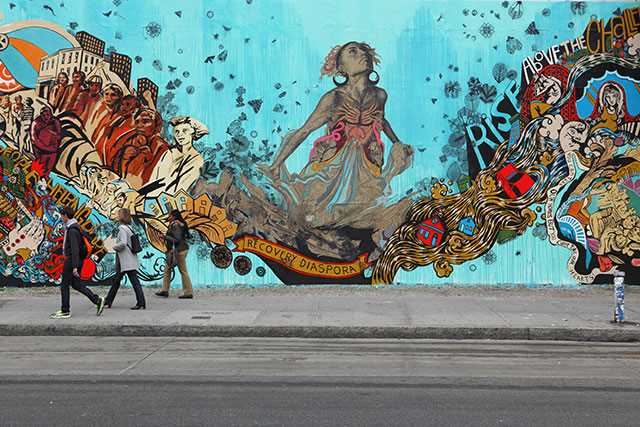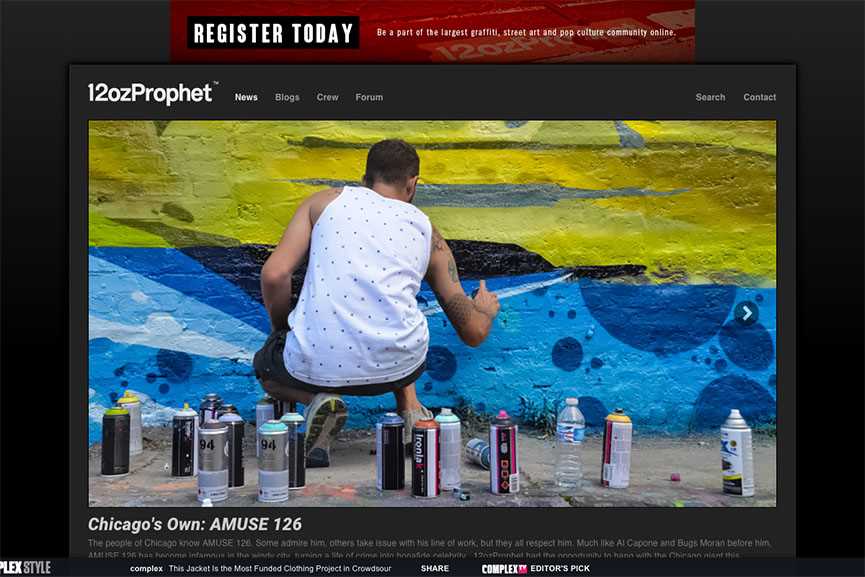Graffiti paintings have become a captivating and vibrant form of artistic expression in urban environments around the world. What was once considered vandalism or street art reserved for the underground now graces the walls of cities, captivating the minds and hearts of passersby.
With its origins deeply rooted in rebellion and self-expression, graffiti painting has evolved into a powerful movement that challenges traditional notions of art. It has transcended its underground beginnings to become a respected and celebrated art form, challenging societal norms and stimulating conversations about identity, politics, and culture.
One of the most intriguing aspects of graffiti paintings is the way they transform ordinary public spaces into captivating galleries. Blinking from brick walls, abandoned buildings, and train cars, these works of art demand attention and invite contemplation. They bring color and life to the often monotone urban landscape, infusing it with creativity and passion.
Using a mix of vibrant colors, intricate designs, and powerful messages, graffiti paintings are a visual feast for the eyes. Artists often employ intricate stencils, freehand techniques, and striking typography to create visually stunning compositions that capture the essence of their surroundings and captivate the viewer’s imagination.
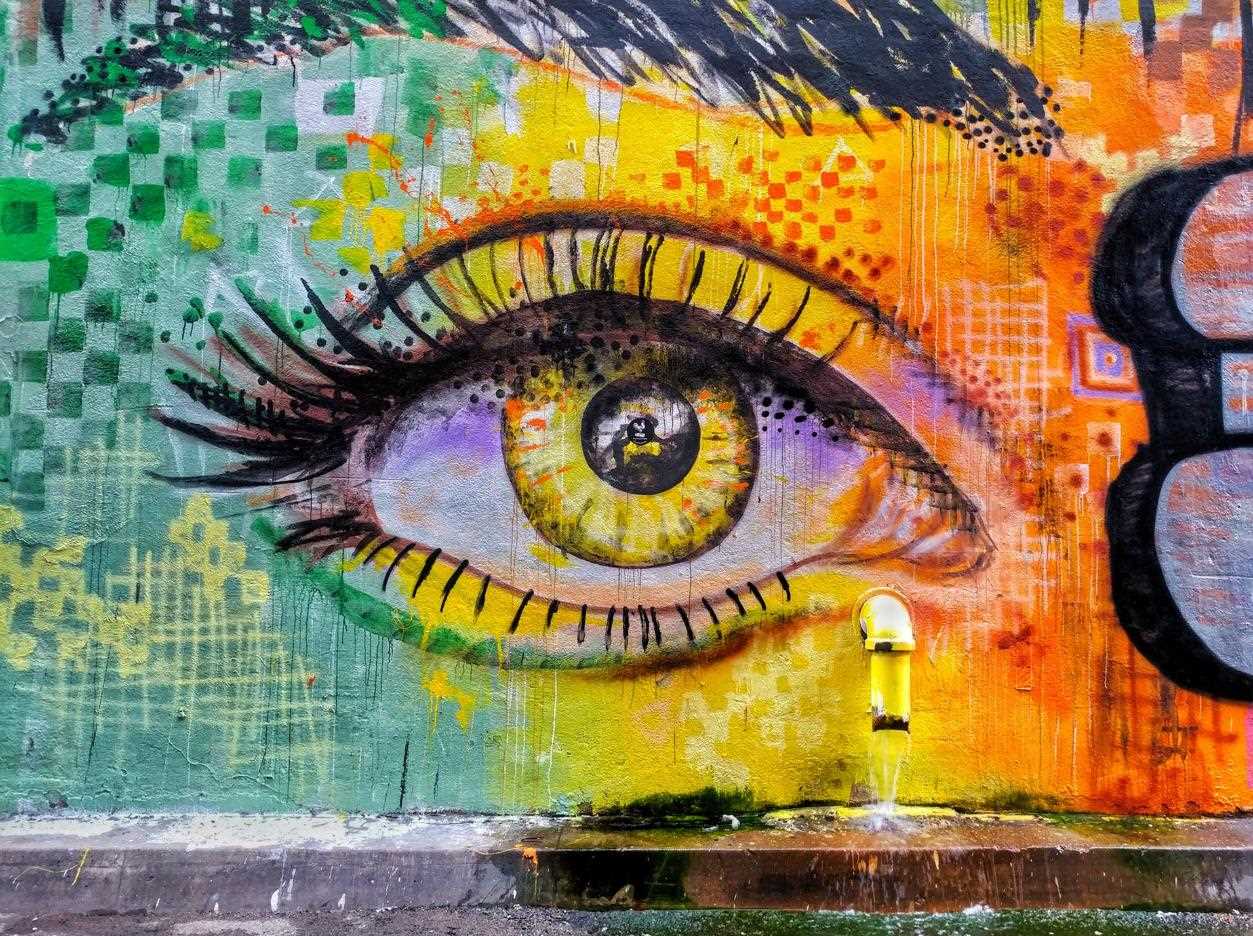
Graffiti has a long and storied history, dating back thousands of years. Its origins can be traced back to ancient civilizations, where people would use walls and other surfaces to communicate and express themselves through drawings and symbols.
In modern times, graffiti as we know it today emerged in the late 1960s and early 1970s in the streets of New York City. It started as a form of expression for marginalized communities, particularly African American and Puerto Rican youths who felt excluded from traditional art institutions.
During this time, graffiti began to evolve and take on new forms. Artists started using spray paint and markers instead of traditional paintbrushes, allowing for faster and more vibrant creations. Graffiti also became associated with hip hop culture, as artists would often incorporate their tags, or signatures, into their artwork.
As graffiti gained popularity, it also faced significant backlash. Authorities saw it as vandalism and a form of disobedience, leading to widespread crackdowns. However, many artists and supporters argued that graffiti should be seen as a legitimate art form, capable of conveying important messages and reflecting the urban environment.
Today, graffiti has become a global phenomenon, with artists around the world using it to beautify cities and express their thoughts and opinions. It has also gained recognition from art institutions, with some graffiti artists achieving international acclaim and having their work displayed in galleries and museums.
Whether it’s seen as street art or vandalism, there’s no denying the impact and influence that graffiti has had on the art world and urban culture as a whole.
Techniques and Styles
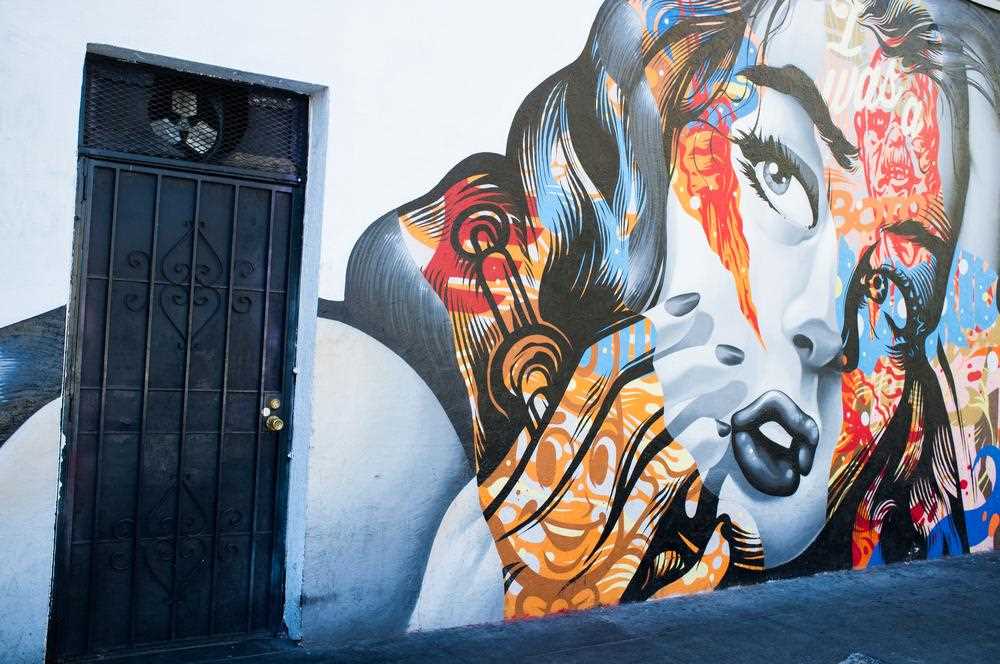
Graffiti painting encompasses a wide range of techniques and styles, allowing artists to express their creativity and individuality. Some common techniques used in graffiti include:
- Spray Paint: One of the most popular and recognizable techniques used in graffiti art is spray paint. Artists use aerosol cans to create vibrant and bold strokes, allowing for quick coverage of large surfaces. Spray paint can be used to create both intricate details and broad strokes, adding depth and texture to the artwork.
- Stencil: Stenciling is another commonly used technique in graffiti. Artists create stencils by cutting out specific shapes or patterns from a piece of cardboard or plastic. They then place the stencil on a surface and spray paint over it to create a design. Stencils allow for precision and repeatability, making it easier for artists to create complex and detailed designs.
- Street Calligraphy: Some graffiti artists incorporate elements of calligraphy into their work, creating intricate lettering styles that are visually appealing. Street calligraphy often involves the use of brushes, markers, or other writing tools to create fluid and dynamic letterforms. Artists may experiment with different scripts and styles to create unique and personalized graffiti pieces.
- Mural Art: In addition to smaller-scale graffiti pieces, some artists specialize in creating large-scale mural art. These murals can cover entire walls or buildings, transforming the urban landscape. Mural artists often use a combination of spray paint, brushes, and other techniques to create highly detailed and captivating artworks.
Each graffiti artist has their own unique style, influenced by their background, experiences, and artistic preferences. Styles can range from abstract and wildstyle graffiti, characterized by intricate and elaborate lettering, to photorealistic graffiti, which aims to recreate real-life images with precision and detail. Popular styles also include stencil graffiti, pop art-inspired graffiti, and cartoon or comic book-style graffiti. Artists often experiment with different styles and techniques, pushing the boundaries of what graffiti can be.
Murals as Urban Expressions

Murals have long been recognized as a powerful form of artistic expression in urban spaces. These large-scale paintings, typically found on the sides of buildings or in public spaces, serve as a means for artists to communicate their ideas, stories, and messages to a wide audience. Through the use of vibrant colors, intricate designs, and captivating imagery, murals have the ability to transform the dull walls of a city into vibrant and thought-provoking works of art.
One of the unique characteristics of murals is their ability to reflect the local culture and history of a community. In many urban areas, murals serve as a visual representation of the values, struggles, and triumphs of the people who inhabit the city. They can capture the essence of a neighborhood, depicting its residents, landmarks, or even important historical events. These murals not only beautify the surrounding environment, but they also create a sense of identity and pride among the local residents.
Another noteworthy aspect of murals is their ability to address social and political issues. Many artists use murals as a platform to express their opinions on pressing matters such as inequality, environmental concerns, or human rights. By creating these thought-provoking artworks in public spaces, they aim to spark conversations, raise awareness, and inspire change within the community. Murals have the power to challenge the status quo, amplify marginalized voices, and give a visual voice to the underrepresented.
Preserving and Protecting Murals
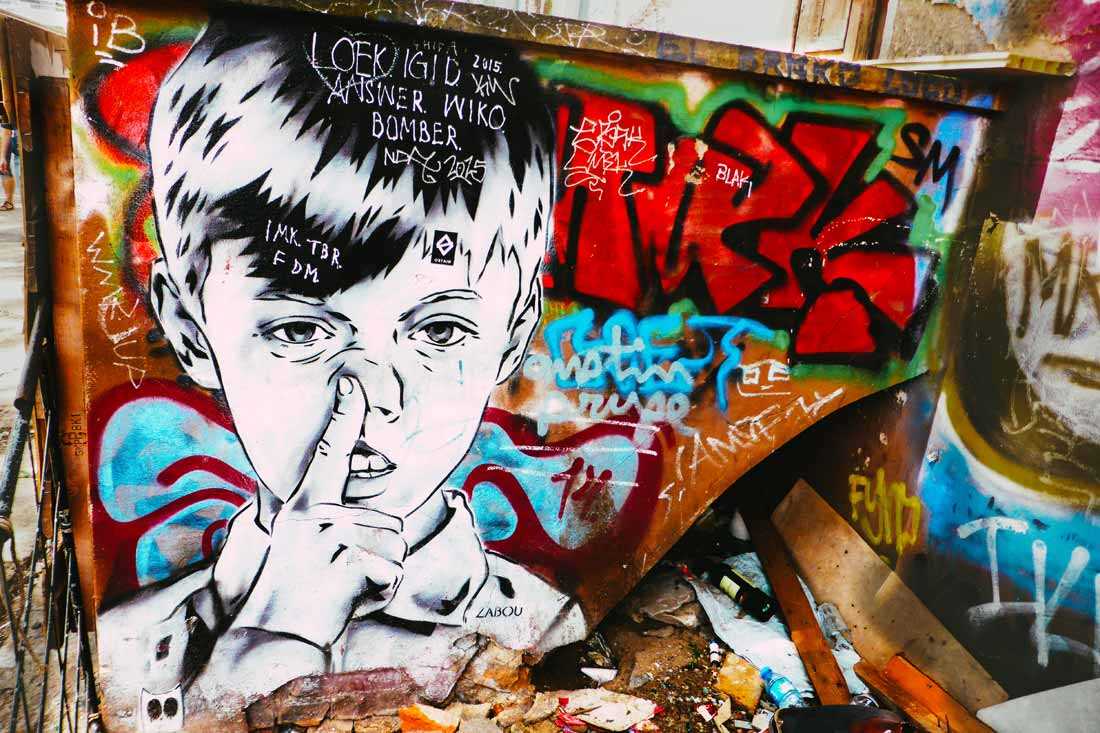
While murals are often celebrated for their temporary nature and their ability to reflect the constantly changing urban landscape, their preservation is equally as important. Many communities recognize the cultural significance and artistic value of murals, and take steps to protect them from damage or destruction. Some cities have even implemented programs that provide funding and support for mural artists, ensuring that their work can continue to thrive and evolve.
Conclusion

Murals are more than just colorful paintings adorning the walls of buildings – they are powerful forms of expression that shape and reflect the spirit of urban environments. Through their vibrant colors, intricate designs, and thought-provoking imagery, murals capture the essence of a community, address important social issues, and contribute to the cultural fabric of a city. As urban art continues to evolve, murals will remain an integral part of the urban landscape, showcasing the creativity and voices of artists from around the world.
| Murals as Urban Expressions |
|---|
| Murals have long been recognized as a powerful form of artistic expression in urban spaces. These large-scale paintings, typically found on the sides of buildings or in public spaces, serve as a means for artists to communicate their ideas, stories, and messages to a wide audience. |
| One of the unique characteristics of murals is their ability to reflect the local culture and history of a community. In many urban areas, murals serve as a visual representation of the values, struggles, and triumphs of the people who inhabit the city. |
| Another noteworthy aspect of murals is their ability to address social and political issues. |
| While murals are often celebrated for their temporary nature and their ability to reflect the constantly changing urban landscape, their preservation is equally as important. |
| Murals are more than just colorful paintings adorning the walls of buildings – they are powerful forms of expression that shape and reflect the spirit of urban environments. |
Colors in Graffiti

Graffiti is known for its vibrant and bold use of colors. Artists who create graffiti paintings understand the power of color in conveying emotions and messages. With a vast array of hues at their disposal, graffiti artists can create visually stunning and eye-catching artwork that captivates viewers.
One of the key aspects of graffiti is its ability to use contrasting colors to create depth and dimension. By combining colors that are opposite on the color wheel, artists can create a sense of tension and excitement in their work. For example, the juxtaposition of warm tones like red and orange with cool tones like blue and green can create a visually dynamic composition.
Furthermore, graffiti artists often use bright and saturated colors to grab attention and make a statement. Fluorescent hues such as neon green, hot pink, and electric blue are commonly found in graffiti paintings, as they add a sense of energy and vibrancy to the artwork. These bold colors not only catch the eye but also convey a sense of rebelliousness and urbanity.
In addition to their aesthetic appeal, colors in graffiti can also carry symbolic meanings. Different colors can evoke various emotions and convey specific messages. For example, the color red is often associated with passion, love, and power, while blue is frequently linked to calmness, tranquility, and stability. By strategically using colors, graffiti artists can enhance the overall impact and meaning of their artwork.
Overall, the use of colors in graffiti plays a crucial role in creating visually striking and meaningful artwork. Through the skillful combination of hues, graffiti artists can evoke emotions, grab attention, and convey powerful messages. The vibrant and bold colors used in graffiti paintings truly make this urban art form a captivating and unique expression of creativity.
Graffiti Art versus Vandalism
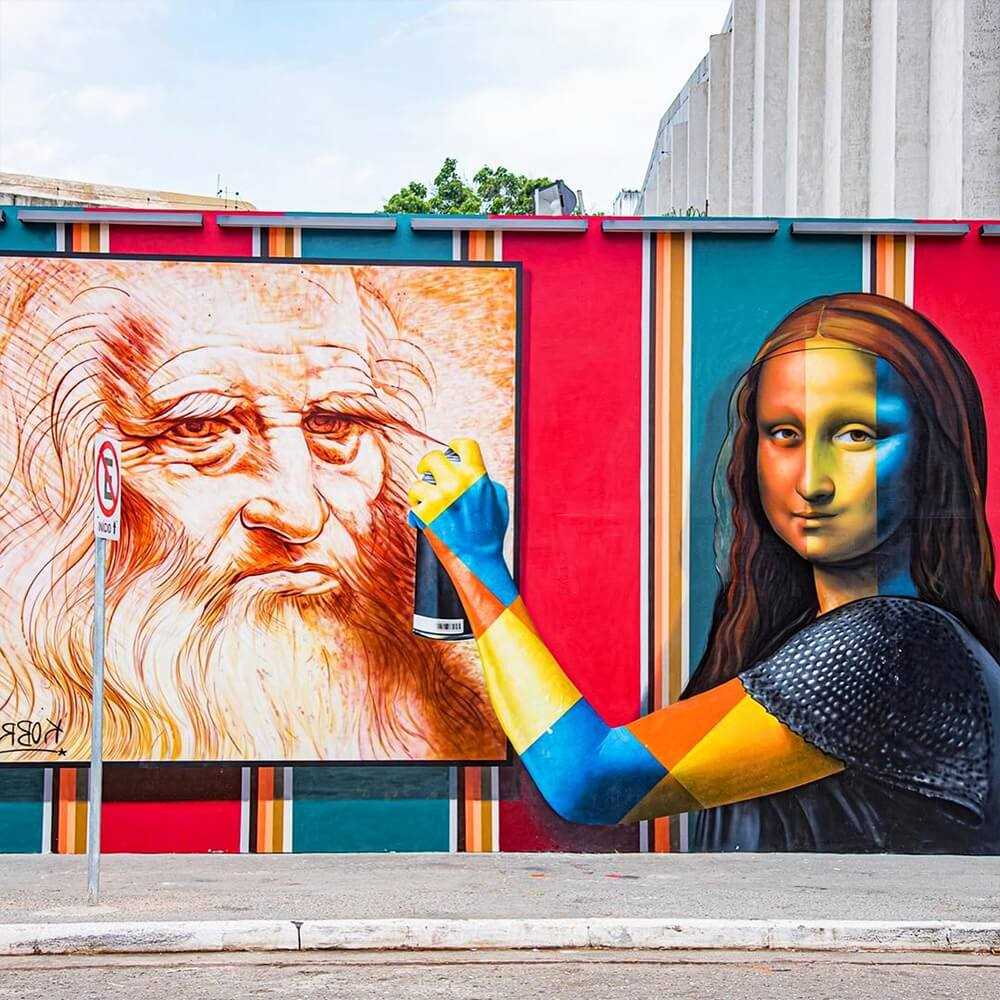
When it comes to graffiti, there is an ongoing debate about whether it should be considered art or vandalism. Some argue that graffiti is a form of artistic expression that adds beauty and creativity to urban spaces, while others see it as an act of vandalism that defaces public property. The discussion around graffiti art versus vandalism is a complex one, and it often depends on the context and intention of the artist.
Artistic Expression
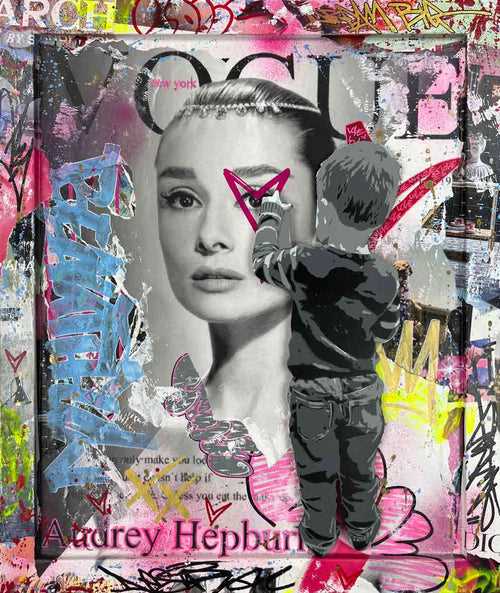
Proponents of graffiti as art argue that it is a legitimate form of self-expression. Many graffiti artists are highly skilled and create intricate and visually stunning pieces that showcase their talent and creativity. Graffiti can be seen as a way for marginalized voices to be heard and for artists to make a statement about social and political issues. In this sense, graffiti can be seen as a powerful form of artistic expression that challenges conventional norms and pushes boundaries.
Destructive Vandalism

On the other hand, opponents of graffiti view it as destructive vandalism. They argue that graffiti defaces public and private property without permission, and that it creates a sense of lawlessness and disorder in urban areas. Graffiti can be seen as a form of trespassing and can lead to increased crime rates and a decrease in property value. Additionally, graffiti done without the artist’s skill and intention can be seen as mere vandalism with no artistic merit.
It should be noted that the line between graffiti art and vandalism can sometimes be blurred. While some graffiti may be appreciated and admired by the public, others may be seen as offensive or inappropriate. Ultimately, the debate over graffiti art versus vandalism is subjective and dependent on individual perspectives.
Whether one considers graffiti art or vandalism, it is clear that it has made a significant impact on urban culture and the art world. Many cities have embraced graffiti as a form of artistic expression and have designated specific areas where artists can freely create their pieces. While the debate continues, it is undeniable that graffiti has become a captivating urban art form that evokes strong emotions and sparks conversations.
Influence of Graffiti in Contemporary Art

Graffiti has become an influential art form in contemporary art, breaking traditional boundaries and challenging conventional ideas of what art can be. It has brought a fresh and vibrant perspective to the art world, with its bold colors, expressive lines, and captivating imagery.
One of the significant influences of graffiti in contemporary art is its ability to democratize the artistic process. Unlike traditional forms of art that are often confined to galleries and museums, graffiti is accessible to anyone with a can of paint and a wall. This accessibility has allowed artists from all backgrounds and walks of life to express themselves creatively, without the need for formal training or approval from the art establishment.
Graffiti’s influence can also be seen in the techniques and styles utilized by contemporary artists. Many artists draw inspiration from graffiti’s use of stencils, lettering, and characters, incorporating these elements into their own works. The anarchic spirit of graffiti has also found its way into contemporary art, with artists embracing the rebellious and anti-establishment ethos that graffiti embodies.
The blurring of boundaries between graffiti and fine art

In recent years, the line between graffiti and fine art has become increasingly blurred. Street artists have gained recognition and acclaim from the art world, and their works are now being exhibited in galleries and museums worldwide. This recognition has challenged the notion that graffiti is a purely illegal and destructive form of art, showcasing its ability to provoke thought and engage viewers on a profound level.
Contemporary artists have also been inspired by the ephemeral nature of graffiti. The transient and ever-changing nature of graffiti, as it gets painted over or removed, reflects our rapidly evolving society. This concept of impermanence has been incorporated into contemporary art, with artists using materials or techniques that degrade over time, creating a sense of fragility and impermanence in their works.
Graffiti as a catalyst for social and political commentary
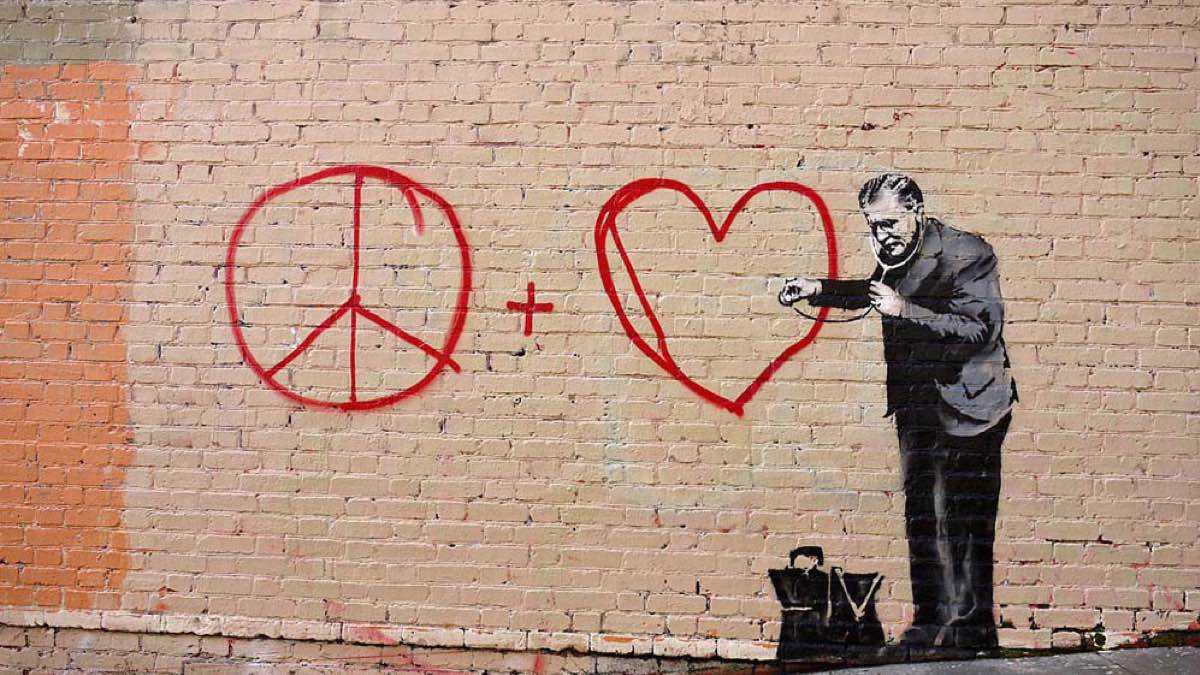
Graffiti has long been a powerful tool for social and political commentary, providing a platform for marginalized voices to be heard. In contemporary art, graffiti’s influence can be seen in the exploration of issues such as inequality, racism, and environmental degradation. Many artists use graffiti-inspired techniques to address these pressing issues, creating visually striking and thought-provoking works that challenge viewers to question the status quo.

I am a mural enthusiast and a fervent admirer of street art. Rather than creating murals myself, I am passionate about collecting them. My love for street art knows no bounds. I am dedicated to curating and cherishing these artworks that grace the streets. My collection stands as a testament to my profound appreciation for this form of artistic expression.
read about me

